RRS reviewed the 2015 waste stream data in the U.S. EPA 2018 Sustainable Materials Management report and compared it with similar data from 1990.
Changes in waste stream composition help to inform adaptation needs in the recycling value chain, including material collection, processing and end markets.
Numbers in the recent report indicate the ongoing growth in online information and shopping are affecting the waste stream, with newspaper continuing to decline in prevalence as the quantity of OCC increases.
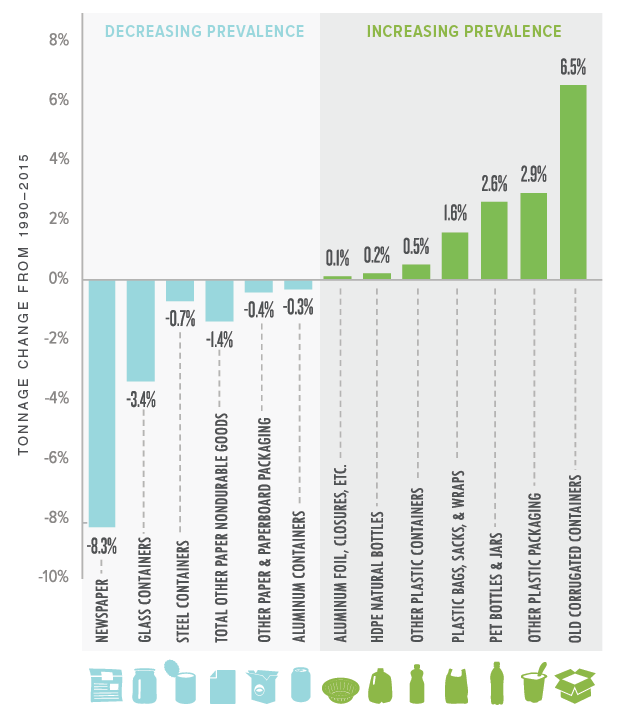
Data Corner is compiled monthly by recycling consultancy RRS.
This article originally appeared in the October 2018 issue of Resource Recycling. Subscribe today for access to all print content.


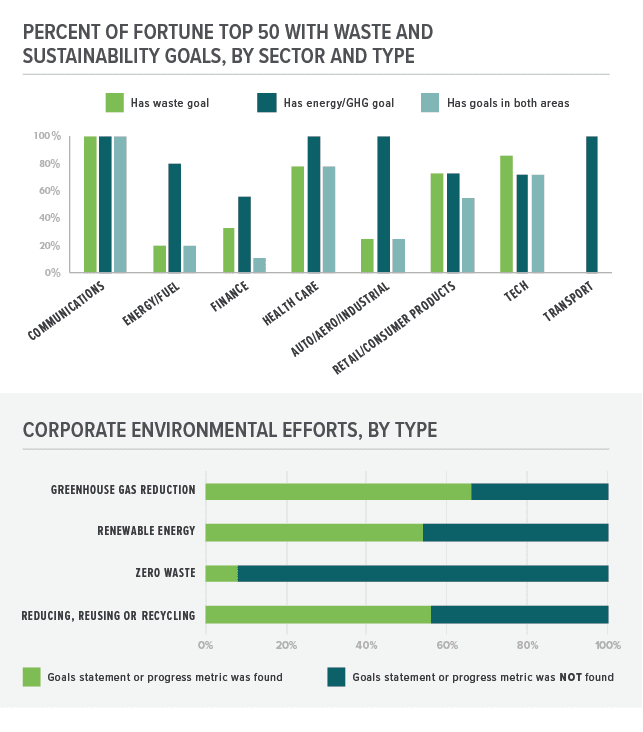
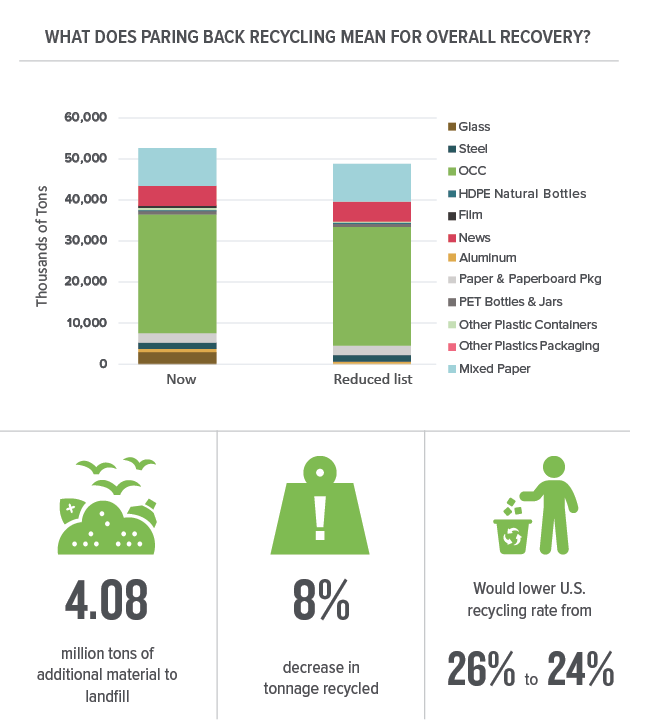

 The 10th largest city in the country has a diverse population that spans 180 square miles, yet it manages to achieve a 72 percent citywide diversion rate. The director of environmental services for San José says the key to achieving such a rate is simplicity.
The 10th largest city in the country has a diverse population that spans 180 square miles, yet it manages to achieve a 72 percent citywide diversion rate. The director of environmental services for San José says the key to achieving such a rate is simplicity.
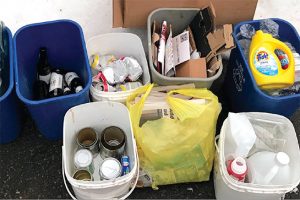
 It may be known as the Music City, but Nashville is also shooting for another designation. The municipality made recent headlines when city leaders announced a goal to become the “greenest city in the Southeast.”
It may be known as the Music City, but Nashville is also shooting for another designation. The municipality made recent headlines when city leaders announced a goal to become the “greenest city in the Southeast.”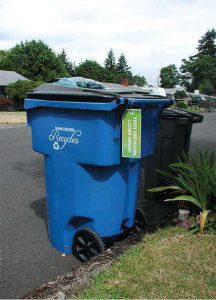 Through early implementation of recycling incentives and consistent outreach to involve the public in recycling initiatives, Vancouver, Wash. and its surrounding county have carved out a recycling rate of more than 50 percent over the past two decades.
Through early implementation of recycling incentives and consistent outreach to involve the public in recycling initiatives, Vancouver, Wash. and its surrounding county have carved out a recycling rate of more than 50 percent over the past two decades. In the City of Madison, Wis., staying consistently ahead of the curve has led to high diversion and citizen engagement in municipal recycling.
In the City of Madison, Wis., staying consistently ahead of the curve has led to high diversion and citizen engagement in municipal recycling.